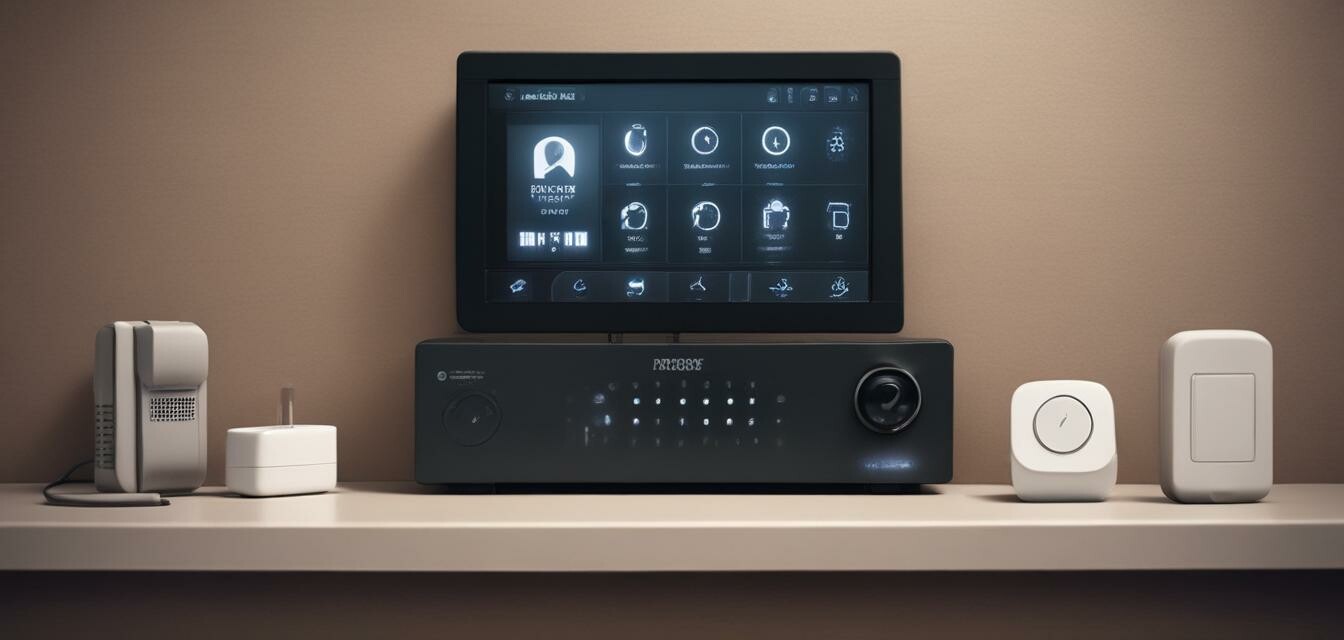
Understanding Alarm System Protocols
Key Takeaways
- Alarm system protocols dictate how devices communicate.
- Popular protocols include Zigbee, Z-Wave, Wi-Fi, and Bluetooth.
- Understanding these protocols can enhance your home security and integration of devices.
- Choosing the correct protocol can improve reliability and reduce interference.
Choosing the right alarm system for your home is not just about the brand or the features. It's crucial to understand the protocols that allow these systems to communicate effectively. Whether you're looking to upgrade your current system or install a new one, comprehending alarm system protocols is vital for maximizing your home's security.
What are alarm system protocols?
Alarm system protocols are the communication standards that allow devices such as sensors, cameras, and alarms to talk to each other. Each protocol has its strengths and weaknesses, influencing factors such as range, power consumption, and data transmission rate.
Common types of alarm system protocols
Below is a comparison of the most common alarm system protocols used in smart home security systems:
| Protocol | Range | Power Consumption | Data Rate | Best Use Case |
|---|---|---|---|---|
| Zigbee | 10-100 meters | Low | 250 kbps | Smart home automation |
| Z-Wave | 30-100 meters | Very Low | 100 kbps | Home security applications |
| Wi-Fi | Varies (up to several hundred meters) | Moderate | Up to 600 Mbps | High-bandwidth applications |
| Bluetooth | 10-100 meters | Low | 1 Mbps | Short-range device connection |
Zigbee
Zigbee is a popular wireless communication protocol designed for short-range and low-power applications. Its mesh capabilities allow for a more extensive network, making it suitable for smart home installations.
Z-Wave
Similar to Zigbee, Z-Wave is also designed for low-power, short-range communication. One advantage of Z-Wave is its interoperability across different devices, enhancing integration possibilities for your security system.
Wi-Fi
While Wi-Fi offers high data rates and long-range connectivity, it consumes more power compared to Zigbee and Z-Wave. It's often used for streaming video surveillance feeds but may drain battery-operated devices more quickly.
Bluetooth
Primarily known for short-range applications, Bluetooth is excellent for connecting gadgets and devices but may not be the best choice for extensive home security systems.
How to choose the right protocol for your needs
When choosing an alarm system, consider the following:
- Device Compatibility: Ensure the devices you choose are compatible with the chosen protocol.
- Range Requirements: Analyze your home layout and decide how much range you need. If you have a large home, consider a protocol with a wider range.
- Power Source: Assess whether your devices will be wired or battery-powered and select a protocol according to power consumption.
- Speed of Communication: Consider if you require instantaneous alerts, and opt for protocols that provide those capabilities.
Integration with other smart home devices
Another important aspect of alarm system protocols is the ability to integrate various smart home devices. Many modern alarm systems can work harmoniously with home automation devices, allowing for advanced features such as:
- Remote monitoring via smartphone apps.
- Automated response to alarms (lights flashing, doors locking).
- Integration with voice assistants for easy control.
Conclusion
In understanding alarm system protocols, you empower yourself to choose the best system suitable for your smart home. Evaluate the options available, consider your home environment, and make an informed decision that enhances not only your security but also the overall convenience of managing your home. For in-depth details about smart home security solutions, check our Buying Guides page.
Tips for Beginners
- Start with a basic understanding of different protocols.
- Consider getting a combination of protocols for a more versatile setup.
- Stay updated with the latest technology advancements in home security.
Pros
- Enhanced communication between devices for improved security.
- Ability to choose the right protocol for specific needs.
- Seamless integration with various smart home devices.
Cons
- Complexity in choosing the right protocol can be overwhelming.
- Some protocols may limit the number of devices connected.
Additional Resources
If you're interested in learning more about smart home security systems, consider visiting our Home Security Systems category. For more innovative smart tech, take a look at our Home Automation Devices offerings. You can also get insights into the latest trends through our News & Trends section, or look for Tips & Best Practices to optimize your security setup.
